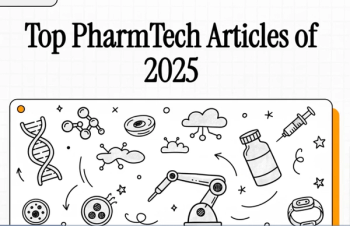
FDA Issues Guidance on Summaries for CTD-based Submissions
The US Food and Drug Administration finalized a Guidance for Industry this week that aims to clarify the submission of new drug applications (NDAs) and biologics license applicants (BLAs) using the common technical document (CTD) format, including the electronic CTD (eCTD).
The US Food and Drug Administration finalized a Guidance for Industry this week that aims to clarify the submission of new drug applications (NDAs) and biologics license applicants (BLAs) using the common technical document (CTD) format, including the electronic CTD (eCTD). Integrated Summaries of Effectiveness and Safety: Location Within the Common Technical Document provides information about where in the CTD the integrated summary of effectiveness (ISE) and integrated summary of safety (ISS) should be placed. This information is required for NDAs and recommended for BLAs.
The ISE and ISS issues have created some confusion in the industry, particularly the word “summary” in both terms. According to the
The guidance also aims to provide specifics regarding ISS and ISE reports that are not covered in the International Conference on Harmonization (ICH) 2001 guidance M4 Common Technical Document for the Registration of Pharmaceuticals for Human Use, specifically in M4E: The CTD-Efficacy.
Newsletter
Get the essential updates shaping the future of pharma manufacturing and compliance—subscribe today to Pharmaceutical Technology and never miss a breakthrough.




